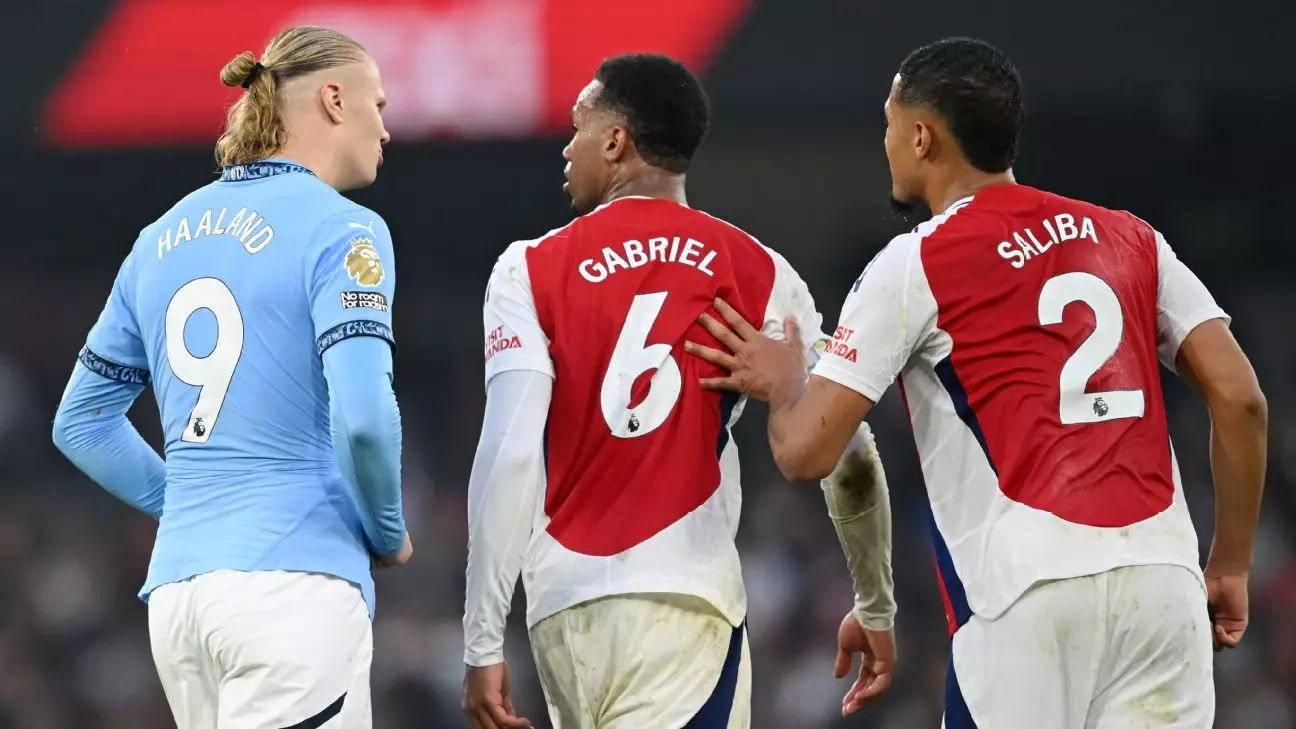Football, as a sport, has been subject to a myriad of changes since its inception. One of the most notable shifts in its culture may well be the evolution of squad numbers, particularly in top-tier leagues like the English Premier League. In the contemporary landscape of football, traditional shirt numbers appear to hold less relevance, with teams often donning unorthodox numerical designs. This article delves into the implications of this transformation, analyzing how it reflects wider trends in football, and exploring what it means for some of the biggest clubs in the league.
Traditionally, the significance of shirt numbers had strong ties to players’ positions on the pitch. The number one was invariably held by the goalkeeper, with defenders wearing lower digits and forwards occupying the higher numbers. This structure not only added a layer of order to the game but also fostered a sense of identity and camaraderie among players. The practice nearly faded into obscurity, however, as teams began to deviate from conventional assignments in favor of personal preferences, marketing strategies, or even superstition.
The last occasion a Premier League match featured players wearing numbers 1-11 across the board was back in 1998. Since then, the trend has shifted dramatically. Not only do we see midfielders sporting numbers like 41 and defenders in the 60s, but the entire system has almost devolved into chaos. This evolution raises questions about whether these changes are a reflection of progress or a drift away from longstanding traditions.
With this backdrop, let’s take a critical look at the clubs often labeled the Premier League’s “Big Six”—Arsenal, Chelsea, Liverpool, Manchester City, Manchester United, and Tottenham Hotspur—evaluating how each would fare with a squad limited to traditional shirt numbers.
**Arsenal** faces peculiar challenges in assembling a starting lineup strictly adhering to the numbers 1-11. A glaring absence is the goalkeeper position; neither of their current keepers, David Raya nor Neto, fits into the traditional framework, resulting in an unthinkable scenario of the Gunners opening a match without a custodian. The numerical paradox also casts a shadow over their outfield strength, leaving them short on the bench in potential replacements.
**Chelsea**, meanwhile, finds itself in a similar quandary. First-choice goalkeeper Robert Sánchez is available to start, yet the loss of creative maestro Cole Palmer due to his higher-numbered shirt highlights the creative challenges in constructing a competitive squad. The limited player pool forces Chelsea to revert to a disjointed system, with a heavily reliant midfield desperately attempting to link up with a mismatched forward line.
**Liverpool** is the standout in this analysis, managing to field a robust lineup with ten out of eleven numbers occupied. However, significant gaps remain, especially with the absence of a true number six. This critical shortage of depth in defensive roles suggests that even a top-tier side like Liverpool would struggle to maintain structure and coherence under constrained conditions.
**Manchester City**, famed for their spending power and depth, surprisingly also grapples with a numerical conundrum. They too feature no shot-stopper among the 1-11 as their options boast high numbers. City’s lineup, although talented, is hampered by the glaring absence of key players due to shirt numbers. Their 4-2-2-1 formation seems merely a patchwork of available talent, raising concerns about tactical efficacy.
**Manchester United**, in stark contrast, emerges as the only club capable of fielding a complete starting XI under the antiquated numbering system. The presence of players across all voids showcases their depth, but questions linger about the quality and form of some squad members, ultimately exposing the lack of match-winning capabilities in their collective output.
In the case of **Tottenham Hotspur**, the club is at a significant disadvantage, demonstrating how personnel turnover can severely impact squad viability. With multiple vacancies in their squad numbers, they risk being the most heavily impacted by the stripping away of traditional numerical symbolism. Their fragmented approach to fielding players resonates alarmingly within a league increasingly defined by continuity and depth.
The evolution of shirt numbering in football is emblematic of larger cultural shifts within the sport. While clubs may argue the practicality or commercial appeal of individualized numbers, there remains a palpable sense of nostalgia for a time when traditional roles were represented clearly through a structured numerical system.
Though it can be perceived as a mere quirk or playful commentary on the sport, these developments reveal an unsettling trend: one where the essence of football—its traditions and values—appears to be overridden by commercial interests and individual branding. What does the ‘game’s gone’ debate truly signify, if not a yearning for coherence and solidarity that transcends mere statistics? Navigating the future, it will be essential for teams to balance modernity with tradition, ensuring that the culture of football itself is not lost amidst the changes.

